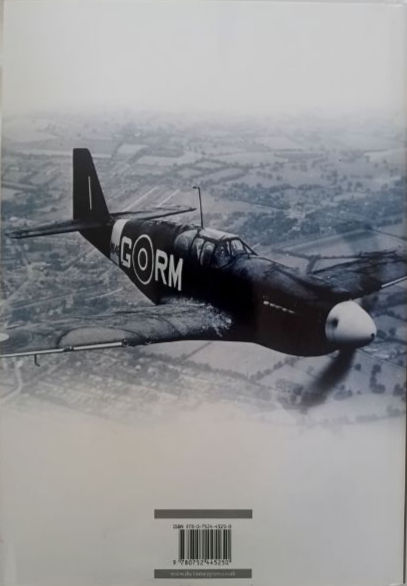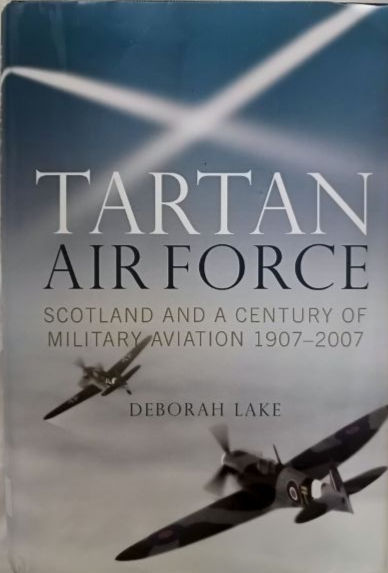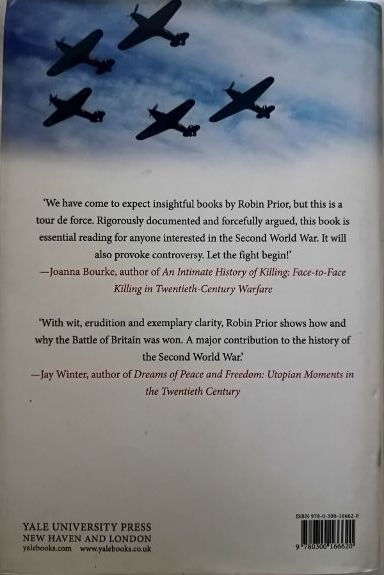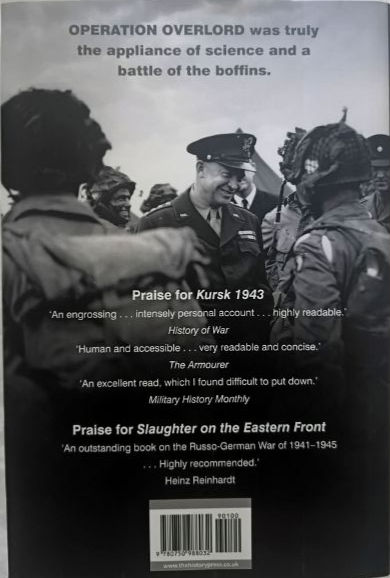Toxic Inferno: How burning military trash is poisoning our troops

Shortly after Richard Vasquez returned home from war, he and his wife were expecting their second daughter. Her name was Elizabeth.
Sitting in a doctor’s office during a five-month sonogram, Vasquez’s then-wife laughed and joked with the technician. But Vasquez noticed something off about the fuzzy image of the baby on the screen.
“I just kept looking at the screen, watching the baby,” he said. “Something wasn’t right.”
The technician took a second look. Then a third. Then he rushed to get a doctor.
“I could see it on his face. I just kept asking ‘Is there something wrong with our baby? You have to tell me what’s wrong with my baby,’” Vasquez told Connecting Vets.
“That happy atmosphere that had been there in the room just disappeared.”
Elizabeth never took her first breath.
Vasquez’s unborn daughter had a rare chromosomal disorder (Trisomy 13-14) that caused a severe cleft palate, additional fingers and toes, brain development abnormalities, a significant congenital heart defect, missing internal organs and she was having seizures in the womb, among many other issues, he recalled.
At five months, doctors told the young couple that they were surprised Elizabeth had lived so long, and she likely would not survive much longer. Doctors said Elizabeth’s disorder was likely genetic, common in older couples with a history of the disorder. But Vasquez and his wife were in their early 20s, already with one healthy daughter at home.
Extensive genetic testing of both Vasquez and his wife showed nothing to indicate either carried the potential for such a disorder, he said. And there had been no family history of it on either side that they could determine. Doctors told the couple such a case was “unbelievably rare” to manifest in a child of parents so young.
Smoke and fire
Vasquez deployed to Iraq with Recon platoon of the 1st Battalion, 24th Infantry Regiment, or Deuce Four, assigned to 1st Brigade, 25th Infantry Division Lightning, a Stryker brigade, which was instrumental in the Battle of Mosul in 2004.
The battalion would return home decorated with five Silver Stars, 31 Bronze Stars and 181 Purple Hearts and was later awarded the Valorous Unit Award.
Two men from Vasquez’s platoon of 32 didn’t make it home -- 22-year-old Sgt. Adam Plumondore and 24-year-old Sgt. Ben Morton -- guilt and grief he still feels sharply.

During that deployment, Vasquez and other men lived a few hundred yards from a burn pit. There was an incinerator at the forward operating base in Mosul, Iraq. But it was rarely if ever used, family and veterans tell Connecting Vets.
Amid the explosions, bullets, fire and smoke, Vasquez said he believes he was exposed to toxins that may have contributed to Elizabeth’s death.
Vasquez says he doesn’t remember a singular burn pit, “I just remember being close to everything that was on fire; everything seemed like it was on fire all the time. There was so much smoke and dust. It smelled horrible all the time there -- like burning flesh and burning feces. And there were so many explosions,” including the chow hall once, he said. “It just became part of being there -- all the smoke in the air all the time. I don’t remember Iraq without remembering smoke and explosions.”
But Vasquez and the soldiers serving alongside him never gave the air they breathed a second thought. They were just thankful to be breathing at all, he said.
“I was just worried about the guy next to me.”
One of those men was Sgt. Maj. Rob Bowman, a healthy, vibrant man in his 40s, at the height of his military career, who came home after years of surviving dangerous missions, bullets and IEDs while leading his men only to die of a rare cancer. He was 44.
Losing Bowman was a blow, Vasquez said. But he wasn’t the only one who would look back at his deployments and wonder if breathing that thick, near-constant smoke from burning war’s leftovers affected his health.
At least one-third of the 30 men in Bowman and Vasquez’s platoon who came home have died or experienced health concerns they and their doctors link to toxic exposure, Bowman’s wife, Coleen, and Vazquez said. Staff Sgt. Shawn P. McCann, who also served with Bowman on another deployment, died of a rare form of Leukemia at 32.
Vasquez, now 37, said in his early visits to the Department of Veterans Affairs hospitals, he was told he was at risk for cancers because of burn pits and other toxic exposures in Iraq.
“The counselor was telling me that I needed to probably do a full scan. He said, ‘You need to be checked. A lot of your guys are coming back with cancer.’”
That’s a departure from the VA’s official stance that there isn’t evidence linking burn pit exposure to long-term illnesses.
One in three service members report “definite or probable exposure to environmental hazards and one of every four troops report “persistent health concerns due to deployment exposures,” according to the VA.
Those exposures can include toxins such as Agent Orange, nerve agents, depleted uranium, fuels, pesticides, radiation, oil fires and burn pits.
‘The smell was noxious’
Lt. Col. Darrin Curtis, a 27-year Army and Air Force Veteran, biomedical science officer and bioenvironment engineer was deployed to Balad Air Base in Iraq in 2006 and 2007 to assess hazards to troops. There were more than 25,000 men and women stationed at the base at that time.
“One of the very first things I noticed upon arriving at the Balad Air Base was the smoke
from the burn pit,” Curtis said in Congressional testimony. “ The smell was noxious and looked like a very thick fog hanging low to the ground. Joint Base Balad is the worst environmental site I have personally visited ... I've witnessed burning plastics, Styrofoam, medical and non-medical wastes while using jet-propellant fuel as an accelerant ... It is my professional opinion ... that there is an acute health hazard for individuals… also the possibility for chronic health hazards associated with the smoke.”
Some have begun to call it the “modern-day Agent Orange” but toxic exposure is so much more, Coleen said.
“This is killing them a lot younger and a lot faster,” Coleen Bowman said. “Soldiers in their 20s, 30s.”

But it’s not just lethal cancer diagnoses. Vasquez, Coleen and other surviving family members fear fertility issues or birth defects that could cost the lives of children like Elizabeth could be connected to toxic exposure.
National Guard medic and nurse Chelsey Poisson is engaged to another soldier who served with Bowman -- Kyle Simoni. The young couple are worried Simoni’s exposure to burn pits and other toxins could affect their future together.
“We don’t even know if he can have kids,” Poisson told Connecting Vets. “And we’re so young. It’s hard to know the full extent of issues they’ll face. Agent Orange and Gulf War Illness often didn’t manifest major illness until decades later.”
Poisson was studying for her nursing degree when Simoni first told her many of his friends and fellow soldiers from Iraq died. She quickly learned he didn’t mean during the war.
“No,” he told her. “They died when they came home.”
Of the 30 men in Simoni’s platoon, five have died since leaving Iraq in 2008, Poisson said. About half of the remaining 25 have major illnesses.
Poisson medical background prompted her to investigate. So she reached out to Coleen Bowman, and asked her permission to study the sergeant major’s case. That’s when the Hunter Seven Foundation was born, named for Bowman’s call sign. Hunter Seven is a nonprofit research and advocacy group aiming to educate veterans and healthcare providers about toxic exposures, studying men like Bowman and Simoni’s best friend, Sgt. Patrick Sullivan, who died of acute respiratory failure just months after leaving Iraq. He was 24.
“To come home bullet-free and then to die young of something like this?” Poisson said. “It’s crazy.”
But through the lens of her medical education and experience, Poisson said she knows soldiers like Bowman and Sullivan are just the beginning.
“You’re starting to see these guys who were part of the initial invasion of these countries come back extremely sick,” she said. “If we don’t hit this now when we peak our Iraq-Afghanistan veterans in 2039, we will be so far behind it will be unmanageable.”
(Source: Abbie Bennett, Radio.com- 24/9/2019)
https://connectingvets.radio.com/articles/13-platoon-dead-or-sick-toxic-exposures-iraq































